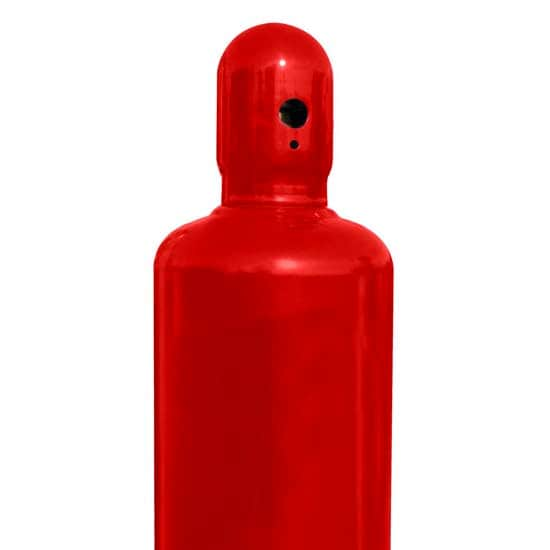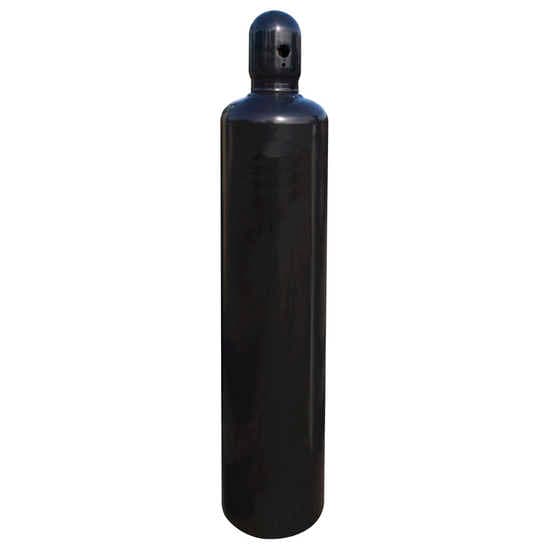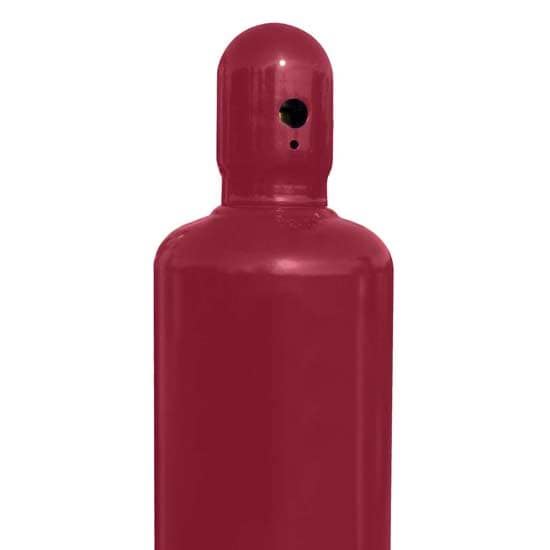Various gases such as acetylene, natural gas, propane, propylene and hydrogen can be used as a fuel for cutting and welding, heat treatment, as power and energy for transportation and combined with oxygen, for various industrial processes.
Most fuel gases are composed in whole or in part of hydrocarbons (methane, acetylene, propane, and propylene), hydrogen, carbon monoxide and oil vapours.
Fuel gas flames offer heat energy anytime, anywhere, whenever you need it.
Each fuel gas has a different ratio of carbon to hydrogen atoms, which means that different amounts of oxygen are needed to burn the gas efficiently. This ratio of fuel to oxidant and the molecule structure affects the temperature of the flame, as well as the flammability and explosive limits.




